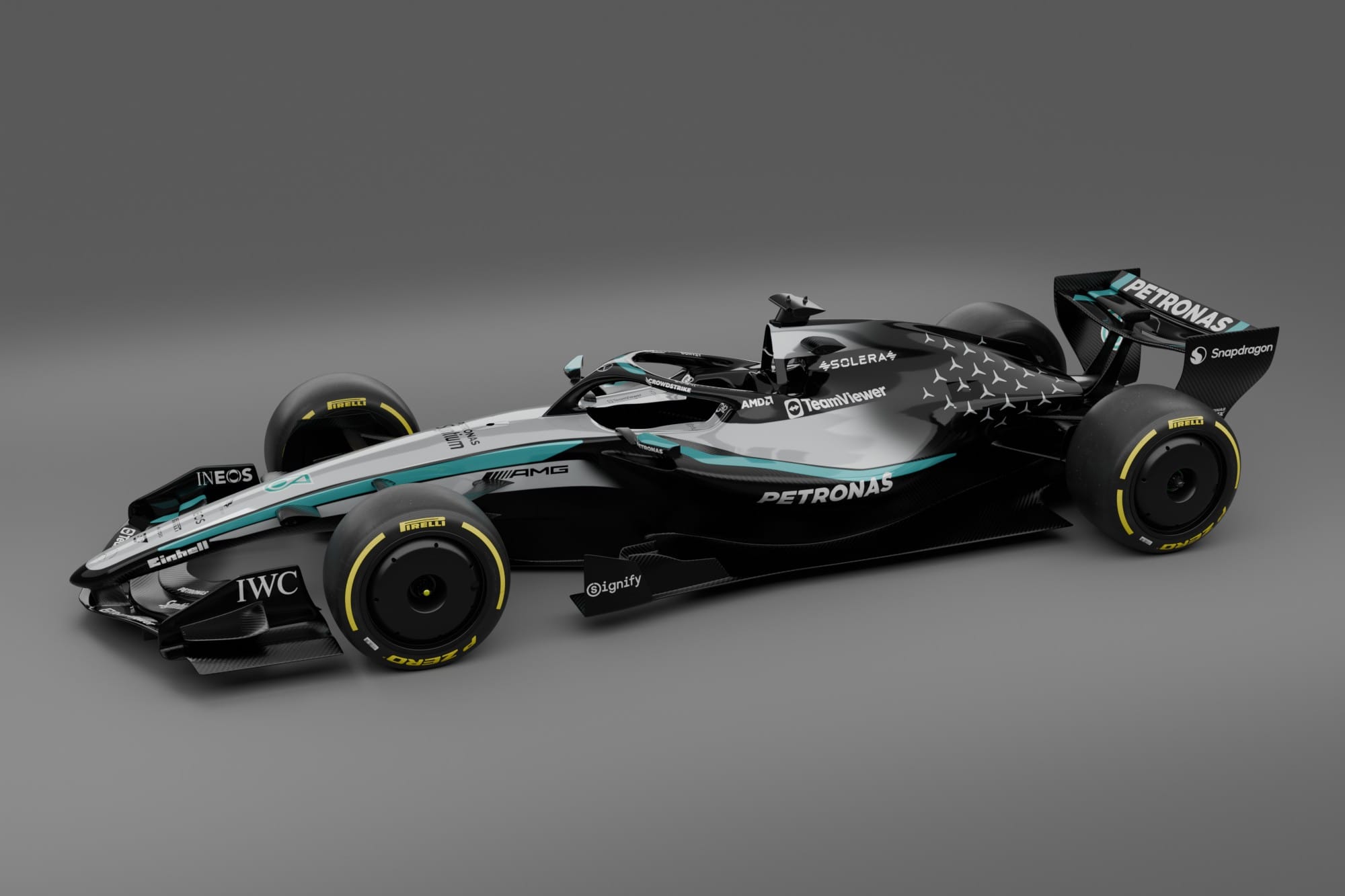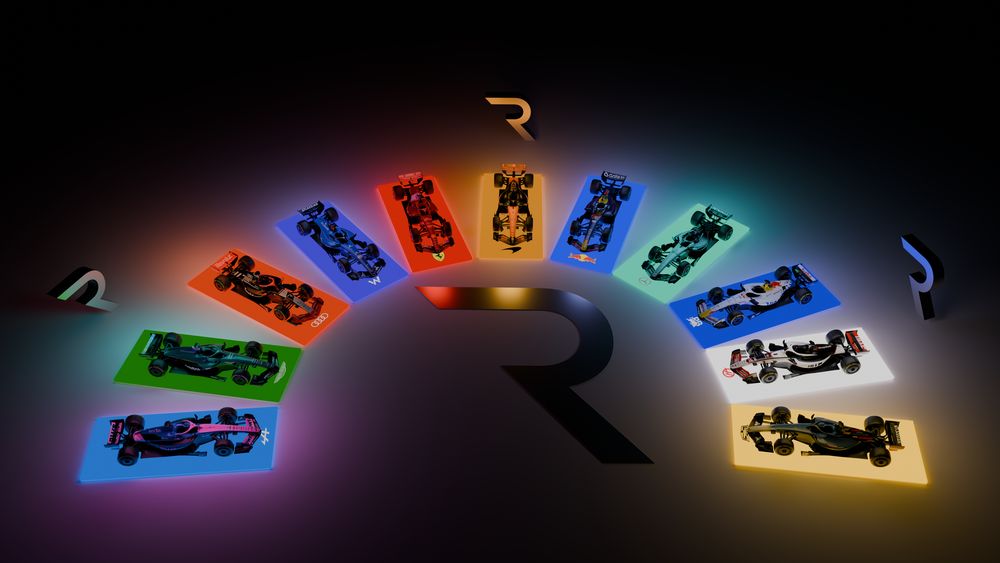Formula 1 teams are facing an added complication in trying to understand the 2026 rules in the simulator, with fast-evolving designs leaving them with a "moving target".
It is now less than four months until the all-new challengers take part in the first collective test behind closed doors at Barcelona.
But teams still have a lot of uncertainties about what the new cars will behave like on track, and how they are going to get the best performance from them.
Tactical energy recovery and deployment is going to be critical to success, and in an ideal world teams would be ticking off endless simulation runs right now to be able to fully understand the complexities they will to face.
However, as teams continue to improve their designs and unlock ever more performance, this is having an impact on the models that are put in the simulator.
The fast-changing nature of this, with downforce and drag levels having a direct impact on energy deployment, means that work that fits one car version may not be relevant to where things are a few weeks later.
Mercedes trackside engineering director Andrew Shovlin said that in theory understanding what is needed for next year should be straightforward.
However, with the design baselines changing so much, he reckoned teams are second-guessing themselves a lot.
"You can get your head around the broad energy challenges pretty early on with those regulations," he said.
"But the fact is that the car evolves week on week and, as the car performance changes, the results from the simulations change.
"So there's an element where it's a moving target in trying to make sure that the chassis package is optimised for the engine and the power unit package."
'A difficult year'

The 2026 rules revamp is the biggest regulatory overhaul in F1 history, with the new turbo hybrid engines that rely on a roughly 50/50 energy split between the engine and battery being twinned with cars that feature moveable aerodynamics.
Shovlin explained that teams were not expecting an easy time when it came to unlocking what the secrets to performance will be.
"We're building the complexity there, but it will be a difficult year," he added. "The new ECU is actually a pretty major challenge.
"You've got a new power unit, and the chassis regs are completely different.
"We'll have new tyres that we need to get on top of as well, and then the energy challenge is going to be different and obviously there are new fuels. So there's a huge amount of work.
"All areas are moving forward. As I said, you've got a virtual representation of the car that we can run in a simulator, but even that, you're trying to predict: 'Where are we going to be in four months' time in terms of downforce levels?'
"There's no point in doing all your work with something that will never actually run on the track. You want to be doing it with something that's representative of what you're going to roll out with."
Design divergence
The radically different rules coming for 2026 are likely to lead to very different interpretations by teams in how best to attack them.
The Race has already revealed how, for example, F1 brake supplier Brembo has been made aware of teams having very varied approaches to their 2026 designs, with some opting for minimalist approaches and others being more conservative.
Shovlin anticipated that initially there may be some big differences in cars, but that ideas will eventually converge.
Asked if Brembo's observation suggested F1 will have big design variations, Shovlin said: "You may well do early on. That's what we're hearing from brake manufacturers in that they're not sure what the right answer is, because they're getting different requests.
"You've obviously got a big electrical motor that can provide a lot of retardation on the rear axle. So it does create opportunity to then downsize what you've got in terms of the discs and caliper capacity.
"Pirelli are saying that they're getting all sorts of different suggestions of where cars are going to be on end-of-straight loads.
"But we're all developing our cars in isolation. No one's seen anything, and these days you don't really hear anything from any other teams as to how they're getting on.
"Inevitably the most diversity you probably see is going to be straight off when everyone rolls their car out, and then pretty soon on people start copying whoever looks quickest and converge down a route."
While Pirelli has talked openly about there being big differences between the downforce levels that teams are predicting they will have in 2026, Shovlin suspected that the spread will not end up being so great in the end.
"The reality is some will be doing better than others [with simulations], and then there may be a case that those that are doing particularly well want to downplay where they are," he said.
"Some people might be presenting where they think they'll get to. Some people might be presenting where they are today.
"But I suspect, with the way the rules are, the differences won't be vast when we roll out."



